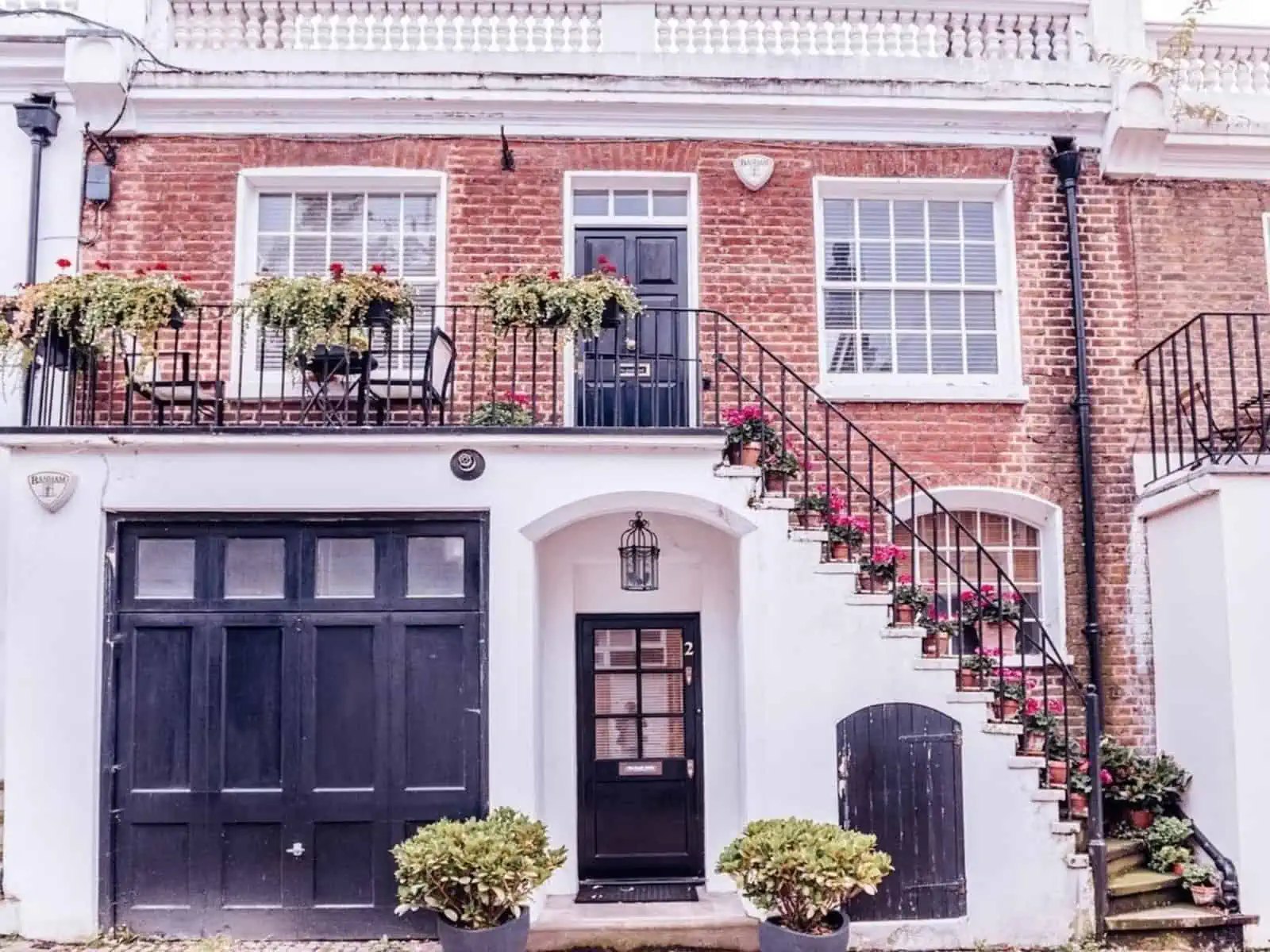At some point in their life any parent will have to deal with the tax consequences of passing their main home, or other real estate owned, down to their children.
The typical question we get asked by them is how they can avoid an inheritance tax charge on their real estate on death.
There are a few options available that can be pursued while alive.
Therefore, not everybody is willing to gift their main house to their children while still living there or to implement solutions that may be complicated or legally and administrative burdensome to avoid inheritance tax.
Considering that inheritance tax on death is charged on a deceased’s estate at the rate of 40% we cannot really blame them if they wonder how that is avoidable and to their relief some help is found in the legislation.
Inheritance Tax
Inheritance tax or IHT is a tax on (chargeable) transfers (s.1 Inheritance Tax Act 1984).
It applies to transfers made by individuals in their lifetime (lifetime gifts) and to the value of their estate on death. It can also apply to settled property when certain events occur.
UK-domiciled or deemed domiciled individuals are liable to IHT on their non-excluded worldwide property while non-UK domiciled or are liable to it only on chargeable UK situs assets.
IHT situs is mainly based on common law rules but generally property that is situated outside the UK is excluded property and exempt from IHT unless the beneficial owner is domiciled in the UK.
An exception to the general rule is UK real estate indirectly owned by non-UK domiciled individuals where shares in non-UK resident companies are treated as non-excluded property for IHT purposes.
While the chargeable IHT rate at death is 40%, the rate for lifetime transfers is 20%.
Transfers made within seven years of death are charged at the rate on death, subject to taper relief for those made between three and seven years from death.
Most lifetime transfers are potentially exempt transfers (PETs) and become exempt transfers if made more than seven years before death.
Nil Rate Band
IHT is charged on death on an individual’s property at the rate of 40%.
Therefore the 40% rate is only charged on property with a total value exceeding the nil rate band (NRB).
The nil rate band is the amount which is chargeable to IHT at the rate of 0%, currently £325,000.
Every person is potentially entitled to the NRB regardless of their domicile and there is an option to transfer the unused NRB to a surviving spouse or civil partner.
This means that in certain cases an individual can benefit from a £650,000 NRB if his or her spouse dies with a fully unused NRB.
Residence Nil Band
From 6 April 2017, an additional nil rate band, the Residence Nil Rate Band (RNRB) applies when the family home is left to linear descendants.
For the RNRB to apply a person’s estate must include a Qualifying Residential Interest (QRI) at their death.
A QRI is one or more residential property interests:
- In a person's estate immediately before death when only a single dwelling-house was owned;
- Nominated as the QRI by the person's personal representatives
A residential property interest is an interest in a dwelling-house that was a person's residence at a time when the person's estate included that or any other interest in the dwelling-house. It can even include an interest no longer owned at death.
A seen above, the QRI must be inherited by one or more lineal descendants.
Linear Descendant
There is no definition of linear descendant in the legislation but generally it includes children, grandchildren and remoter descendants but not collateral descendants such as nieces and nephews. Stepchildren or adopted children should also be linear descendants of the deceased for these purposes.
Inherited
The definition of “inherited” is contained in section 8J of the Inheritance Tax Act 1984.
The section clarifies that a person inherits property if there is a disposition of it on death of by effect of a will, under the law relating to intestacy or otherwise.
Questions whether a QRI has been inherited arise when it has been gifted to a linear descendant by way of lifetime transfer but the donor continued to use it or benefit from it until death.
Available RNRB
The maximum amount of RNRB available to a person is known as the residential enhancement.
For the tax years 2020-26 the residential enhancement available on the death of a surviving spouse is £175,000.
Unused or partially unused RNRB can be transferred to a surviving spouse (sections 8F and 8G, IHTA 1984).
This could be the case when a deceased person did not have a QRI or had a QRI but it was not closely inherited.
The available RNRB is reduced when a person’s estates value is over the taper threshold.
For the tax years up to 2025-26 inclusive this is set at £2 million.
The restriction applies by reducing the residential enhancement available on death by the value of the estate above £2 million divided by two.
For the purposes of the RNRB, "estate" has its usual meaning under section 5 of the IHTA 1984. It, therefore, includes the following:
- Exempt gifts on death:
- to spouses and civil partners;
- to charities and registered clubs;
- to political parties;
- to housing associations;
- for national purposes;
- to maintenance funds for historic buildings; and
- to employee trusts
- Assets that qualify on death for BPR or APR
- Assets in which the deceased had a qualifying interest in possession
- Gifts in which the deceased had reserved a benefit
Downsizing
The legislation provides for a downsizing addition that can be claimed where the deceased downsized from a more valuable property or ceased to own residential property altogether on or after 8 July 2015 and some part of the estate, apart from a residential property interest, is inherited by a lineal descendant.
The additional RNRB can be combined with the main RNRB but the total value of both cannot exceed the RNRB that would have been available on death if downsizing had not happened.
Non-UK domiciled individuals
Non-UK domiciled individuals owning UK real estate can also benefit from the RNRB on death.
To ensure your family can maximise the tax benefits of the RNRB it is important to have a will that clearly identify who shall inherit any Qualifying Residential Interest part of your estate.
Potentially the RNRB together with the NRB can entitle a person to an amount chargeable to IHT at the rate of 0% up to £1 million.
The conditions for claiming the RNRB are complicated and you should seek expert advice to ensure that your family can benefit from the enhanced nil rate band when you or your spouse or civil partner die.


